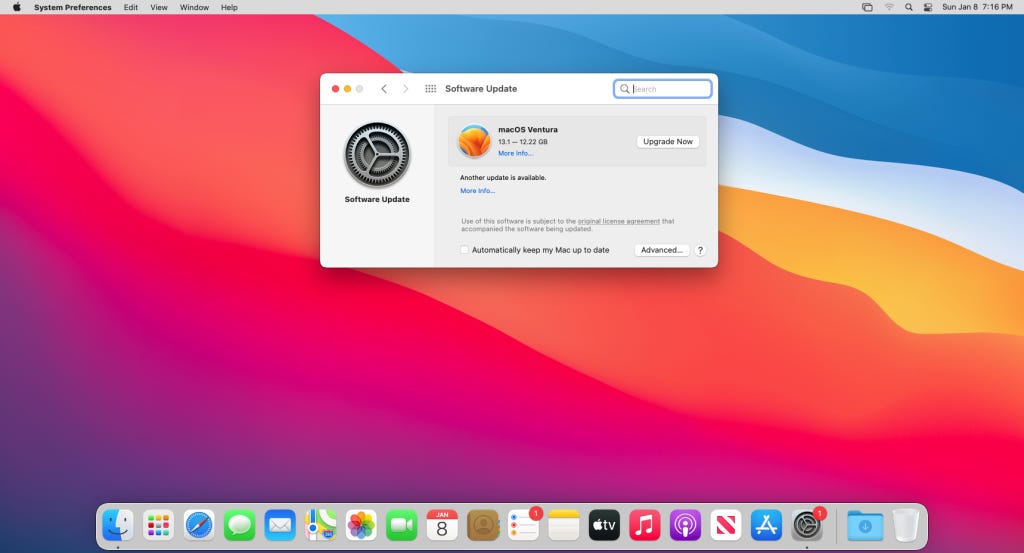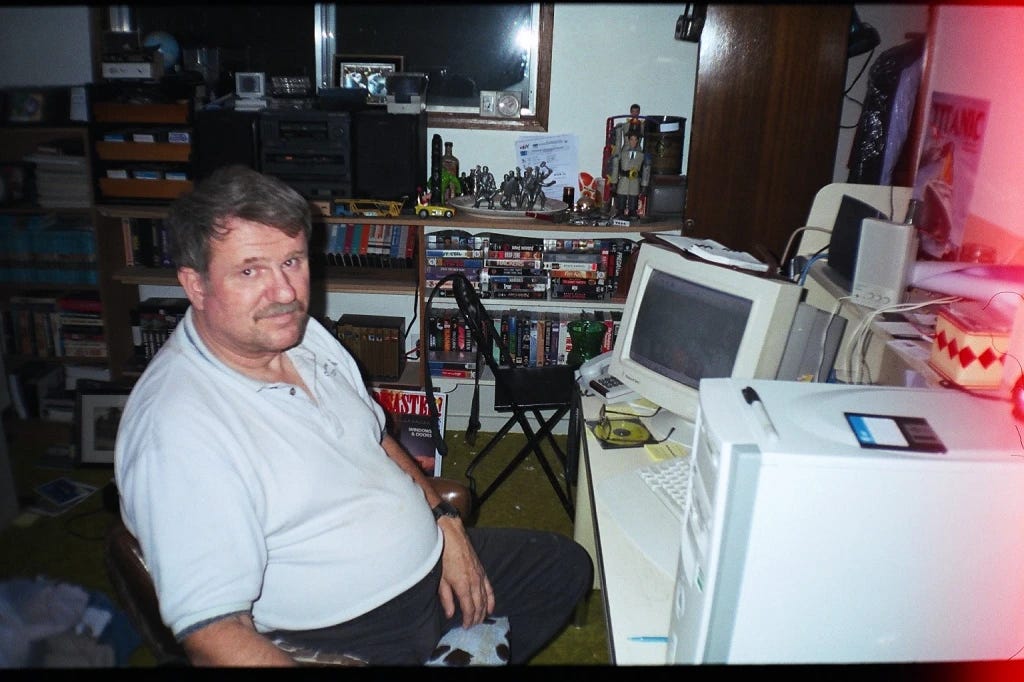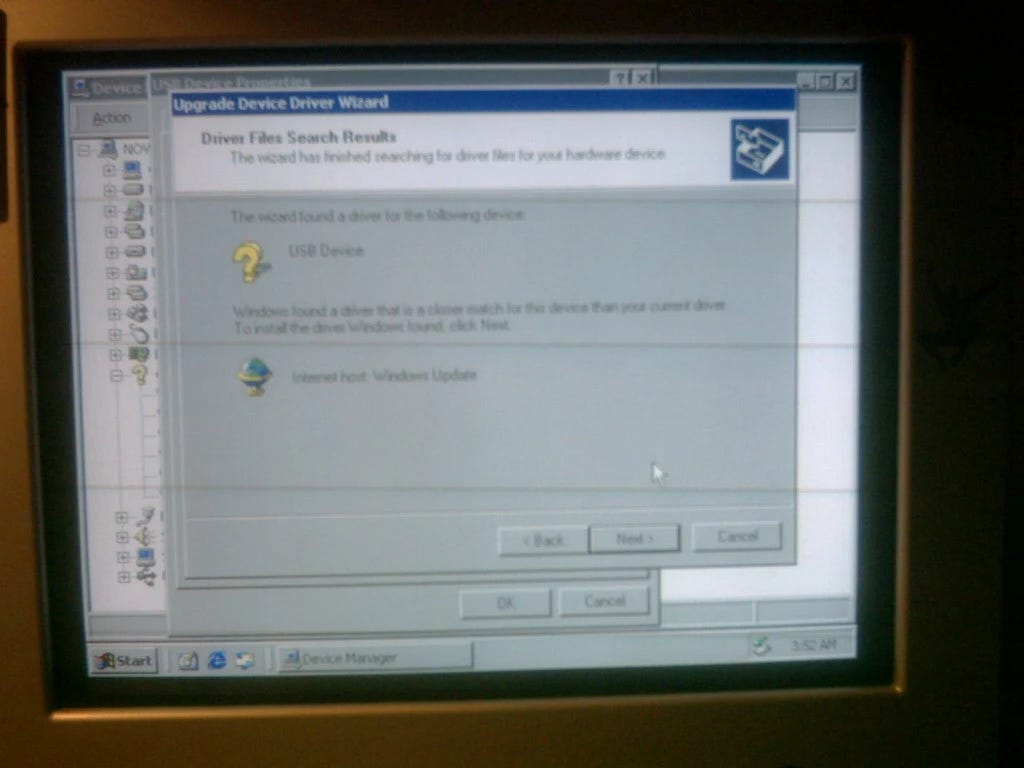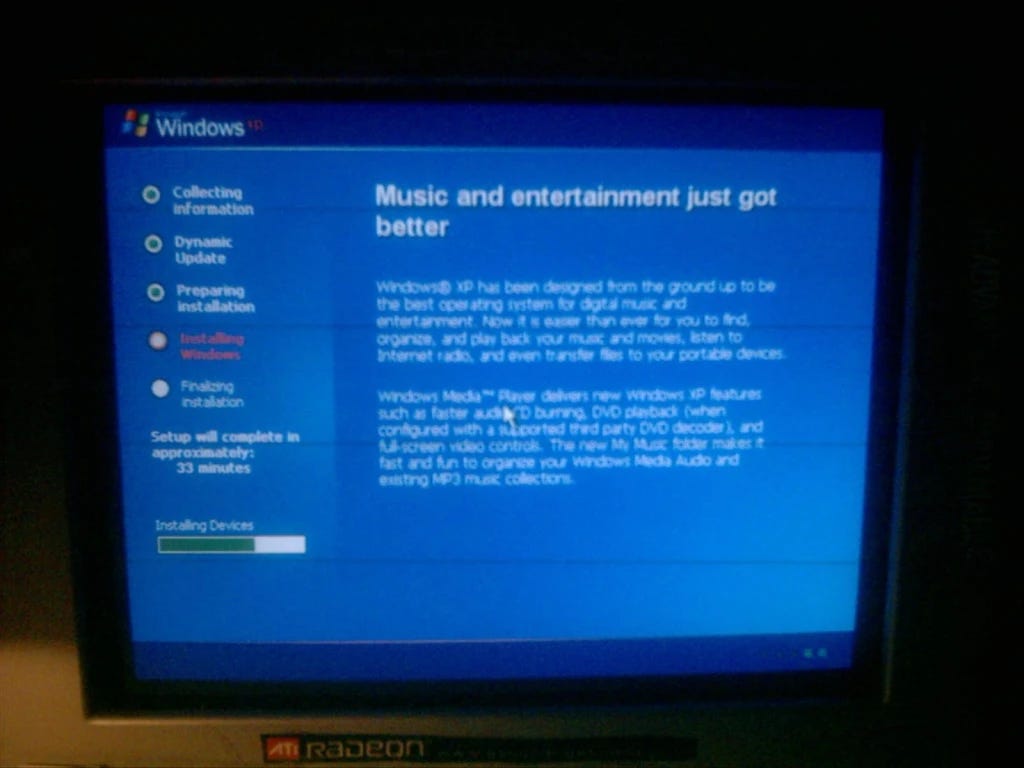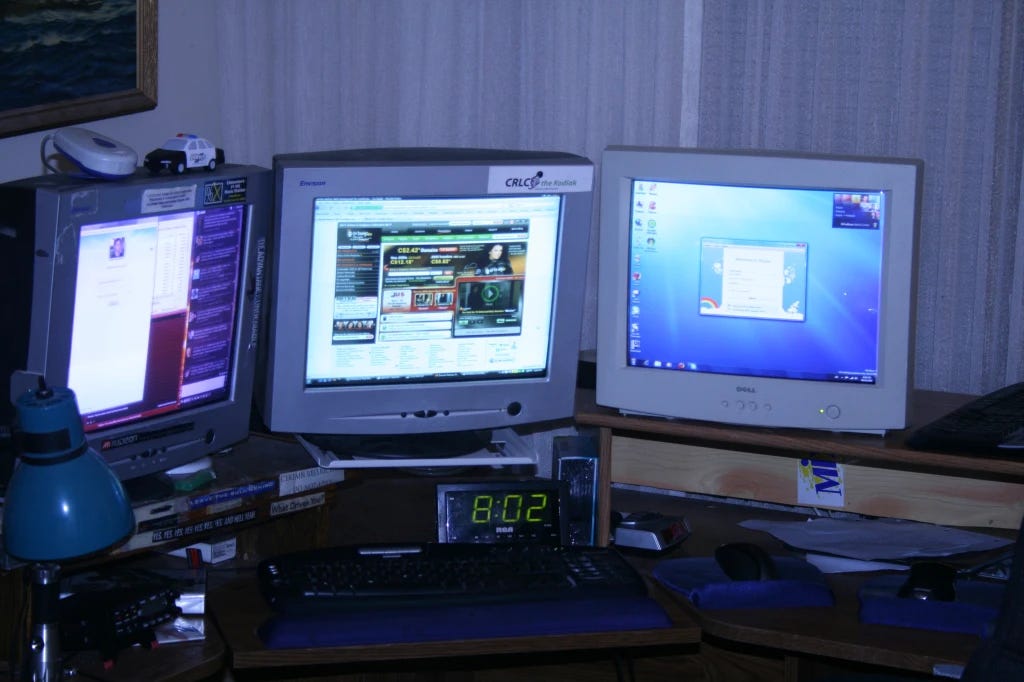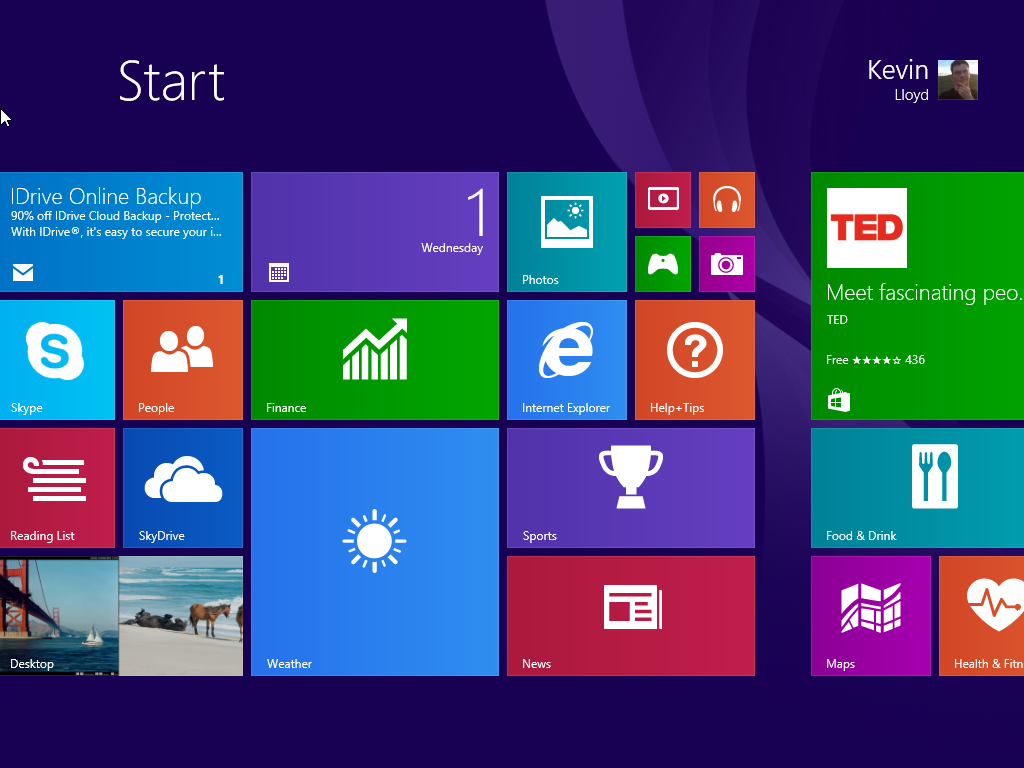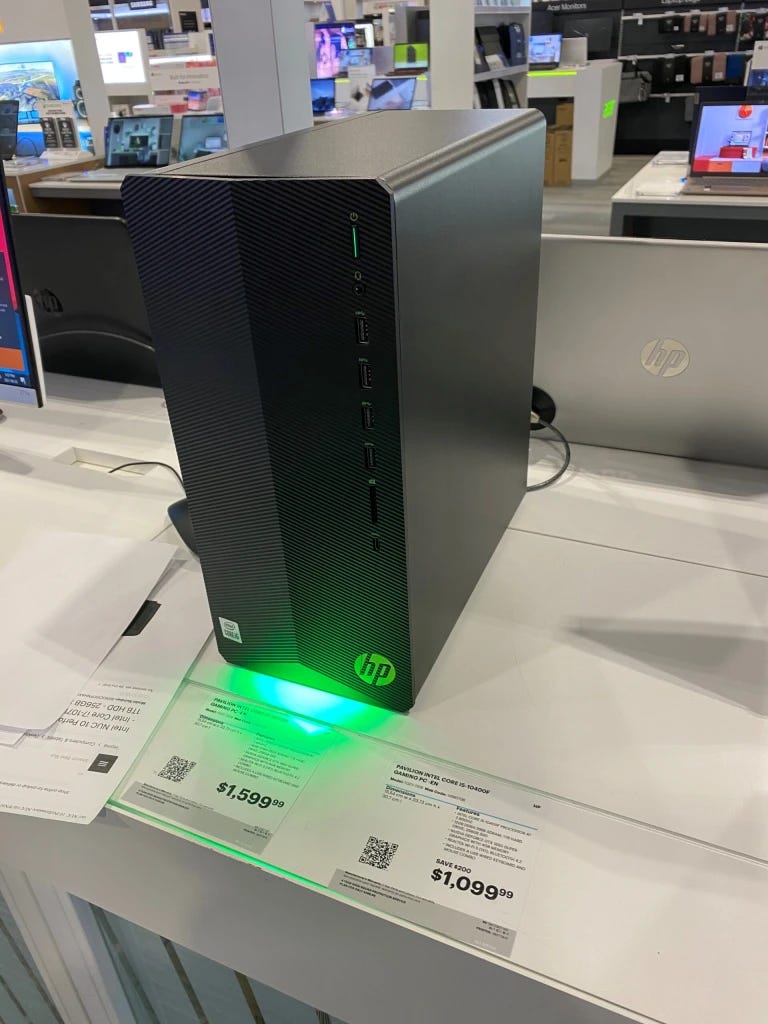Why My Next Computer Will Be a Mac
When Windows 11 came around, it cemented my perception that Microsoft's heart was no longer in it. I'm fed up, I've reached the final straw, and I'll switch to the Mac for my next computer.
I grew up using Windows on every computer I've ever owned. I started using Windows 3.1 and exploring my lifelong technology passion when high-speed internet was introduced around Windows 98. Then Windows XP arrived, and I was hooked, and I've used every version since for personal and professional purposes. When Windows 11 came around, it cemented my perception that Microsoft's heart was no longer in it. I'm fed up, I've reached the final straw, and I'll switch to the Mac for my next computer.
It all started with my Dad's Windows 3.1 computer in the early 90s. He noticed I took a keen interest and bought me my own, but I felt limited due to what I would later learn was a lack of internet (dial-up), which honestly lost my interest. I soon found myself using Windows 95 on my Dad's computer, which was used much more like a toy. We could play around with what AOL offered. Only a few else filled the limited hours it provided. I knew something important was happening, but this technology was early.
The Early Years
Around Windows 98, my Mom, brother, and I moved to Leduc, Alberta, to rent an apartment and start school and a life there. Dad stayed behind for a few months to sell our house. They bought a new computer with 98 on it and essential high-speed internet. We surfed what was the internet at the time and kept in touch with Dad via phone and email. I found it interesting, but I needed to see my full potential.
Our family's lack of computer knowledge at that time led to experiencing our first significant virus infection. We needed to figure out what to do or care more, so it sat unused past that point until we moved into a house. There. I learned how to do a Fresh Install of Windows and the benefits of an Antivirus program. Again, it was still mainly a toy for us, but the internet was slowly gaining traction.
In 2001, my graduating year, Windows XP was released, and I put it on my computer. That lit the match, and I immediately saw the potential of what computers and the internet were capable of!
Cracks Begin To Show
About a year later, if memory serves, I received a small inheritance. I immediately purchased my first computer and built it from scratch myself. For the record, there was no YouTube, but articles online gave me enough idea of how to hook things up.
When I wasn't working or going to college over the next few years, I was home on my computer or tinkering with second-hand computers we picked up at garage sales. While some young people my age were out partying or hanging out with friends a lot, I was fascinated with technology and trying desperately to understand it. I learned every nook and cranny I could about Windows XP, software, and hardware!
Over that time, I was eager to fix and maintain computers for anyone I knew or met who would let me, and I was getting very proficient at it!
While taking a Journalism program at Lethbridge College in 2008, another passion of mine, Windows Vista, arrived. I gave it a try but was honestly thoroughly disgusted. It felt like change for the sake of it in many ways, needing a sense of being well-tested and usable in the real world. It caused all kinds of grief in the first few days I used it, so I wiped the hard drive and used Windows XP until Windows 7 came out three years later! Many people did.
Microsoft had a brief promotion for $50 for Windows 7 when pre-ordered. I did that, and two copies of my two computers arrived via DVD in the mail. From the moment it was installed to the first time I saw the desktop and the Start Menu, it felt complete and tremendously usable. It was an actual turning point and pivotal moment in computers, something everyone could use, and, for the most part, it worked and worked well!
Cracks in Windows Widen
Next up a few years later was the horrifically designed Windows 8, a dumpster fire so bad that Windows 8.1 followed soon after to make it more usable. My experience with it resembled my brief time with Windows Vista. Windows 8, and even 8.1, caused all kinds of grief for people. Again, it was a complete redesign for the sake of it. They were trying to reinvent the wheel or something, including a tiled tablet-like Start Screen with interactive “Live Tiles” to make things more seamless across devices - a bitter mistake. Everyone hated it. I gave it a slightly longer chance due to a third-party program that disabled the Live Tiles in favor of a Windows 7-like Start Menu. In the end, not even this was enough to overcome the drawbacks.
I soon got rid of it in favor of Windows 7, and I was not alone. The blowback was so intense that Microsoft literally pulled it off the shelves and extended support for Windows 7. You can tell a product screw-up is of epic proportions when they fire the teams responsible for it, which is precisely what occurred with Windows 8 and 8.1.
As an on-site and remote tech doing IT work for small business and residential customers at the time, I couldn't get away from it entirely. Thankfully, many had been paying enough attention to keep Windows 7 on their computers and hold off buying a new one. Those who bought new computers at that time often purchased a copy of Windows 7 to use it.
I promised myself at that point that if Microsoft EVER pulled that crap again, I would switch to Mac the moment I could afford to do so!
In 2018, Microsoft gifted Windows 10 to the world. Much like Windows 7, it felt right in many regards, aside from a once again redesigned Start Menu with a smaller version of Live Tiles that few ever pay attention to. But other than that, 10 is very usable and well-designed. Once again, I spent years learning every nook and cranny and helping people with it personally and professionally.
With permission, I have installed a free alternative Start Menu that resembles the one in Windows 7 called Open Shell for nearly every computer I have sat in front of ever since. Start10 is another option, but it's not free. Customers, friends, and family alike always thank me for that.
The Final Straw
In 2021, at the pandemic’s peak, Microsoft introduced Windows 11 for no apparent reason other than it had been three years since the last major Windows release, which is typical. Once again, it's a complete redesign, seemingly for the sake of it, with no rhyme or reason. Furthermore, they introduced a different and drastically redesigned Start Menu and a more complex series of clicks to do the same things you would do in a few steps in Windows 10.
Windows 11 honestly feels half-baked. They just threw it together in a few months and released it into the world with a lack of feedback and zero awareness of what users want or need. Many technology journalists, IT professionals, and tech expert podcasters have slammed Windows 11 and Microsoft for what truly feels like a half-finished product and how it's such a drastic departure from what the world is familiar with regarding Windows 10 and Windows 7.
Much like with Windows 10, if you're upgrading from a previous version, it's FREE. The writing was on the wall with that, though, regarding Microsoft's intentions and commitments to its Windows customers, specifically average consumers.
Beyond that, it's overwhelmingly and painfully apparent that Microsoft's objectives with Windows 11 are no longer about user experience. That is once again painfully evident even during installation before seeing the desktop.
I've lost count at this point due to changes they've made with updates since, but there are several upsell screens during the setup process alone. These include forcing you to use a Microsoft account and not a local user account, offering you a trial of Office 365, and a few other marketing and tracking-related screens. Who could forget those additional screens enticing you to use their new default browser, Microsoft Edge, which has upselling, marketing, and tracking features turned on by default, not to mention the misleading ways they present it?
If you turn those off, they'll nag you to use Edge at different points while using Windows 11, along with effectively full-screen ads for those Edge features when you restart or turn your computer on. Everyone loves a good advertisement while waiting for their computer to boot up and allow the ability to log in, correct? Not so much.
This is stupid, and I don't want companies to think it’s okay or will eventually become acceptable. Give users clear options ONCE as they open Edge (for example). Don't nag them fairly routinely or spin the so-called benefits simply because less tech-savvy users will only realize what's happening or possibly even be fooled into agreeing to changes that benefit Microsoft, NOT customers.
Again, they clearly couldn't care less about user experience at this point. They are doing everything they can to monetize Windows 11 since you only pay for it if you buy a new computer.
Losing Heart, Losing Sales
Microsoft's heart is no longer in it because Windows is already a staple of most computers used worldwide. What is missing is any homage to users' fondness, associations, and routines with their products. They are shifting their focus to cloud apps and services, emphasizing the much more lucrative enterprise customers. Windows isn't their primary money maker anymore, and it shows.
Microsoft's heart is no longer in it because Windows is already a staple of most computers used worldwide. What is missing is any homage to users' fondness, associations, and routines with their products. They are shifting their focus to cloud apps and services, emphasizing the much more lucrative enterprise customers. Windows isn't their primary money maker anymore, and it shows.
I certainly can't recommend Windows 11, though its market share will rise solely based on pre-packaging with new computers. It's usable enough if you can either ignore or disable certain features in a variety of places in Windows that are irritating and frustrating. But the fact that people have to do this or know how to do it is insulting and completely unacceptable, yet Microsoft barely acknowledges that or does much about it. When it comes conveniently pre-installed, why would anyone trouble themselves to switch?
A decent, reliable, well-built Windows desktop computer has been $1,000+ in recent years, though I usually recommend going at least $1,500 for quality parts. When a decent primary Windows computer was $500 to $800, it made more sense to put up with some irritations and frustrations in exchange for the lower price tag.
These days, a decent Mac is superior in quality at a similar or more expensive price point, depending on the model. The Mac Mini or entry-level MacBook Pro or Air are making a lot more sense, especially with the growing popularity of monthly payments.
This is certainly true in my case, where what I need in a PC is comparable in price to a Mac.
My Next Main Computer Will Be a Mac
I will NEVER use Windows 11, or any version beyond, as my “daily driver” or main computer. I've been burned too often, and Microsoft isn't learning from its mistakes and missteps. At this point, it's intentional on their part. I already have a Mac Mini for certain things related to my home business, but my next main computer will be a Mac, perhaps a Mini or the iMac.
While I'm neither a Mac nor Windows fanboy, and I have even considered switching to Linux, I will forever be passionate about technology and computers. I deeply care about user experience and thoughtful design, and Apple still gives a damn about its users and providing a superior experience, though nothing is perfect.
I want to do what I love and enjoy on my computers personally and professionally and not muck around daily with whatever Microsoft or Windows 11 is irritating, frustrating, or attempting to upsell me at any given moment when I want to get something done.
I will continue to use Windows, but less often on virtual machines to keep up to speed on things, and at least one physical computer, because in my line of work, I need to understand it and help people with it as I create content showing people how to do things. My two main computers, though, will be Macs by the time support for Windows 10 ends in November 2025.
For the above reasons, consider switching to the Mac if possible and your work or personal routines are compatible. Yes, they are a bit more expensive, and some software is only designed for Windows, but this becomes less the case as time goes on. Very little won’t run on the Mac, especially where popular programs are concerned.
It breaks my heart that Microsoft does this to loyal Windows users, whether personal or business, but they've clarified their intentions. It didn't need to be this way, but it's time to vote with our bank accounts and save up a little extra for our next computer. In my case, my next computer will be a Mac.
Thank you for being a Subscriber and for reading this post! Please check out KevinTheTechGuy.ca for more! Thank you for reading this post and being a subscriber! Please let me know what you think and what you’d like to read more about. If you enjoy my writing, please recommend it to others! Check out KevinTheTechGuy.ca for more!


